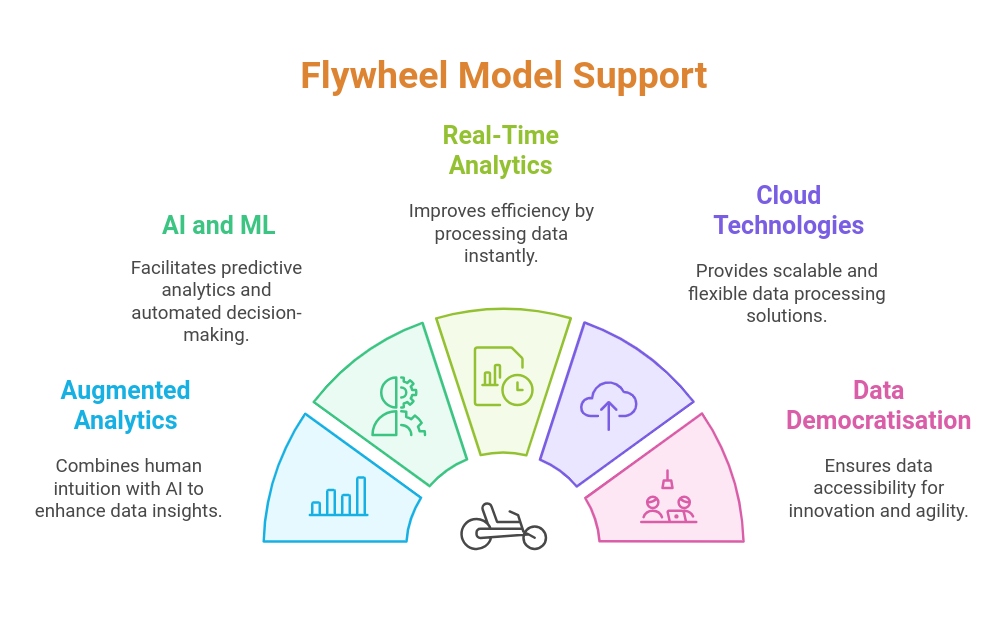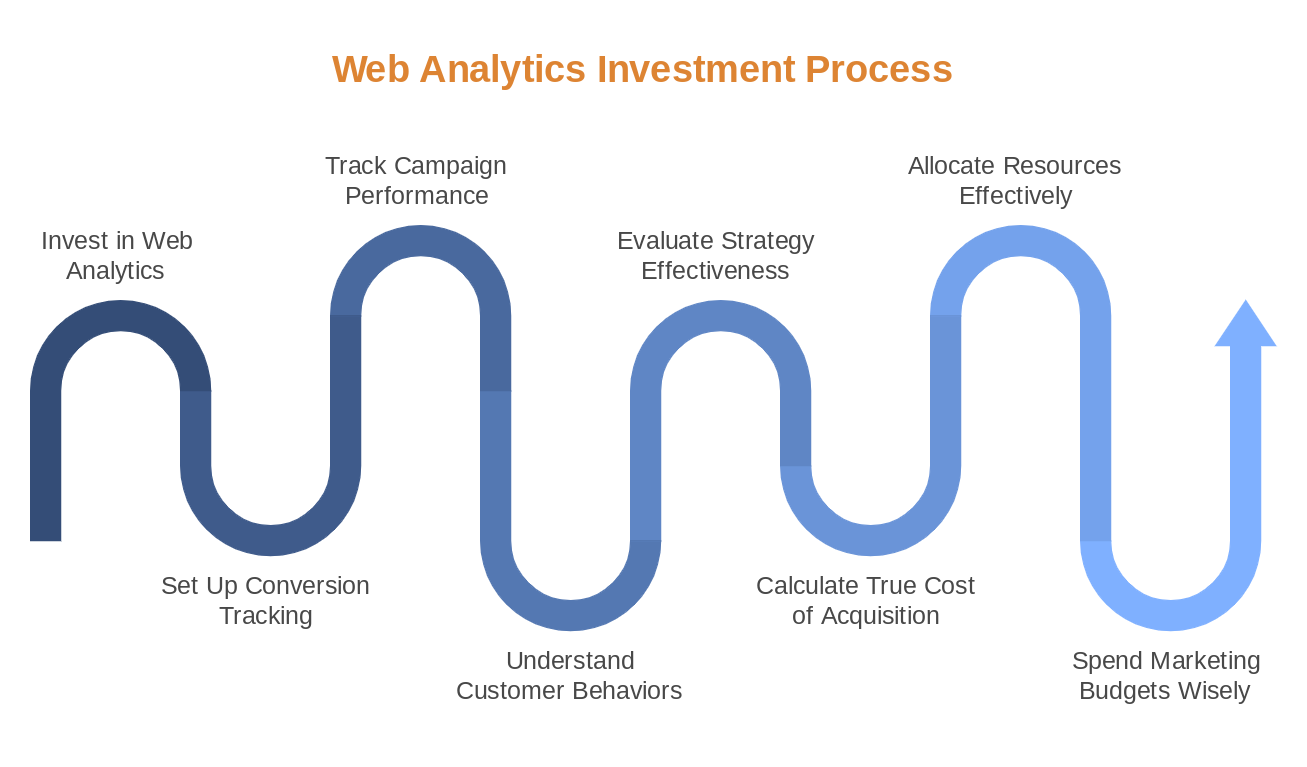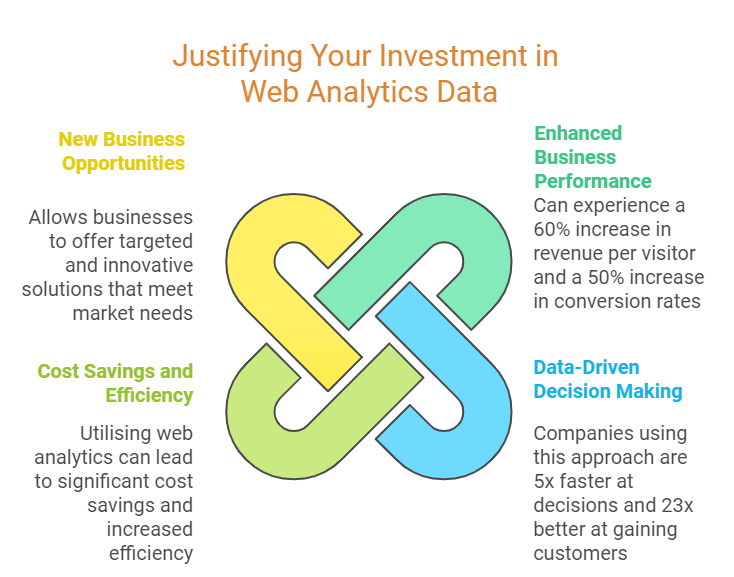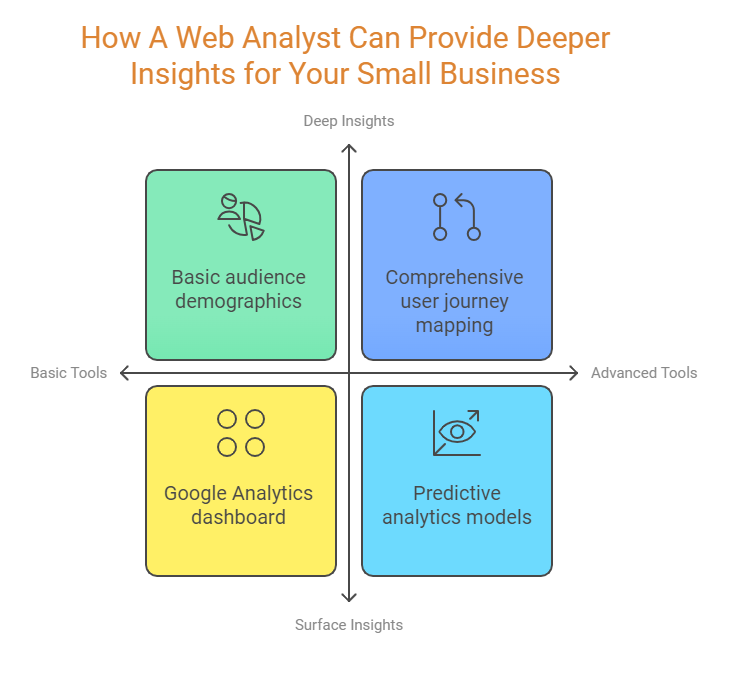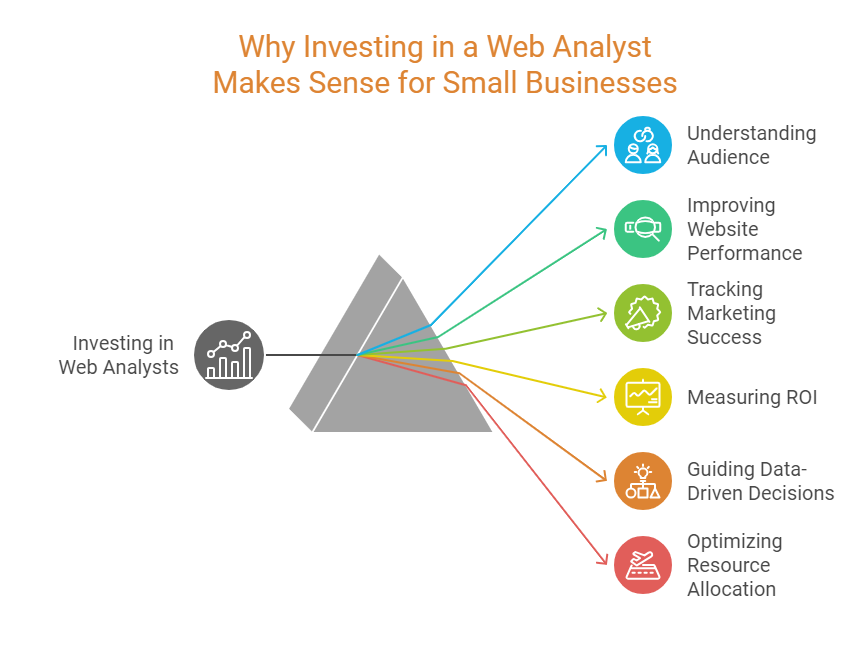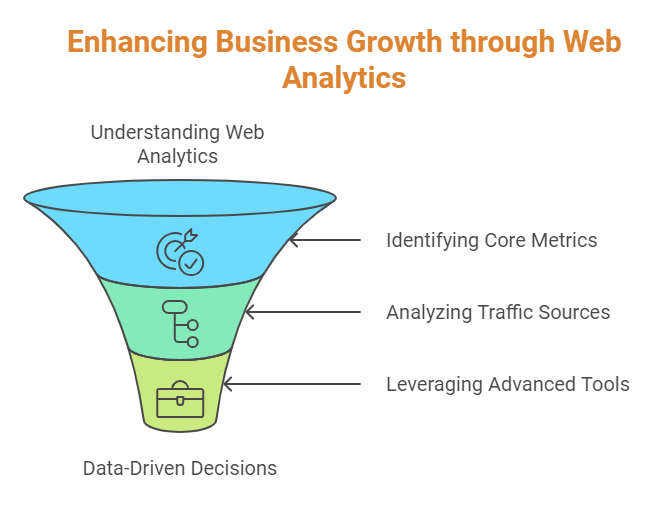From Funnel to Flywheel: Transforming your viewpoint in 2025
One area ripe for this evolution is business analytics. Historically dominated by the rigid funnel model, a new framework—the flywheel—is emerging as the better strategy for today’s customer-centric economy. With the flywheel, businesses aim not merely to attract transactions but to sustain momentum, fostering loyalty, advocacy, and repeat business.
The Funnel’s Shortcomings: Why It’s No Longer Sufficient
The traditional marketing funnel has long been the cornerstone of growth measurement. It focuses on moving leads through a sequence—awareness, interest, decision, and action—with its ultimate goal being conversion. However, this linear model is increasingly ineffective.
In the funnel framework, customer value often ends at the point of sale. Energy and resources that go into filling the top of the funnel continually dissipate post-transaction. In today’s environment, where customer retention contributes up to 65% of revenue, such a model falls drastically short.
“The funnel is designed for yesterday’s marketplace and misses the potential for compounding returns through customer loyalty and referrals.” — Michael Redbord, VP of Service Hub at HubSpot
The solution lies in the flywheel model, which positions customers at the center of business strategy, turning them into brand advocates who actively drive growth over time.
The Flywheel Model: A Comprehensive, Customer-Centric Alternative
The flywheel framework empowers businesses by shifting from linear transactions to a circular system of growth. It revolves around three key stages—Attract, Engage, and Delight—which collectively nurture relationships, maximize customer lifetime value (CLV), and reduce acquisition costs.
1. Attract: Drawing the Right Prospects
In this phase, businesses focus on attracting not just any prospects but high-value customers with potential for long-term engagement. Unlike the funnel’s fixation on raw top-line metrics like clicks or web traffic, the flywheel leverages deeper insights such as:
- Repeat interactions with thought-leadership content
- Content share counts on social media
- Time spent engaging with educational materials
As outlined by HubSpot, businesses that track and refine based on these engagement metrics are better equipped to attract audiences who can become long-term advocates.
2. Engage: Building Relationships, Not Transactions
The engage phase shifts the focus from simply converting leads to forming personalized, lasting connections with customers. Brands must emphasize two-way communication by addressing customer pain points and crafting tailored experiences across touchpoints.
“The businesses that win tomorrow will invest in meaningful dialogue today.” — Shep Hyken, Customer Service Expert
Tools like CRM systems, customer support platforms, and marketing automation are essential here. For example, automated follow-ups post-purchase or tailored onboarding emails informed by CRM insights can forge stronger bonds.
3. Delight: Turning Customers into Advocates
The delight phase reflects the true differentiator of the flywheel model. A delighted customer not only returns but also promotes your brand organically through word-of-mouth and referrals.
Key metrics to prioritize include:
- Net Promoter Scores (NPS)
- Customer satisfaction rates
- Churn and retention analytics
According to a Forrester study, brands that emphasize delight enjoy 1.5x higher lifetime revenues from advocates compared to passive customers.
Steps to Transition: Operationalizing Flywheel Analytics
Shifting from a funnel to flywheel isn’t an overnight process. Here’s how small businesses can execute this transformation:
-
Reframe Metrics Around Longevity
Flywheel metrics focus on sustaining customer relationships. Shift from surface-level metrics like lead volume to more meaningful KPIs, such as:
- Retention Rates: How effectively you maintain long-term relationships
- CLV: Customer contributions throughout their lifecycle
- NPS: Likelihood of customers recommending your brand
-
Automate for Scalability
Modern marketing automation tools, such as Salesforce’s Marketing Cloud, allow businesses to deliver personalized experiences at scale. Email triggers, satisfaction surveys, and AI-powered product recommendations save time and deepen relationships.
-
Turn Passive Customers into Active Advocates
Go beyond fulfilling customer expectations—exceed them. Monitor reviews and feedback using analytics tools like Google Surveys. Act quickly on customer sentiment to turn buyers into loyal ambassadors for your brand.
-
Unify Teams Across Shared Insights
Eliminating silos allows teams to collaborate better. For instance, sales insights could inform product improvements, while customer service metrics can guide marketing adjustments.
Using platforms like Tableau, small businesses can generate cross-functional insights that enhance both their processes and customer experiences.
Strategic Implications
Adopting the flywheel model and integrating these emerging analytics trends will be crucial for small businesses to remain competitive in 2025. This approach enables quicker, more informed decisions, enhances customer satisfaction, and drives operational excellence.
“The flywheel model is not just about acquiring customers but creating a symbiotic relationship where both the business and the customer benefit continuously.” – Jane Simpson, CEO of AnalyticsPro
By embracing this model, small businesses can achieve:
- Improved decision-making through data-driven insights.
- Enhanced customer experiences via continuous engagement.
- Strategic growth by aligning analytics with business objectives.
Looking ahead to 2025, several analytics trends will support the flywheel model:
- Augmented Analytics: Combining human intuition with AI to streamline data preparation and insight generation.
- AI and ML: Enabling predictive analytics and automated decision-making.
- Real-Time Analytics: Enhancing operational efficiency by processing data instantaneously.
- Cloud Technologies: Offering scalability and flexibility for data processing.
- Data Democratization: Making data accessible to all, fostering innovation and agility.
Conclusion: The Flywheel Is the Future
A properly implemented flywheel builds sustainable, self-reinforcing growth. By focusing on attracting, engaging, and delighting customers, businesses create a compounding cycle where each interaction fuels the next.
“Momentum is not just a metaphor in the flywheel—it’s a measurable advantage.” — Jim Collins, Author of Good to Great
The results? Lower acquisition costs, higher retention rates, and brand advocates who champion your business organically.
As small businesses prepare for 2025, transitioning to a flywheel mindset isn’t just a trend—it’s an imperative. By adopting this model today, you can position your business for long-term success in an increasingly competitive market. Start spinning the flywheel now and watch as the returns multiply with every cycle.
